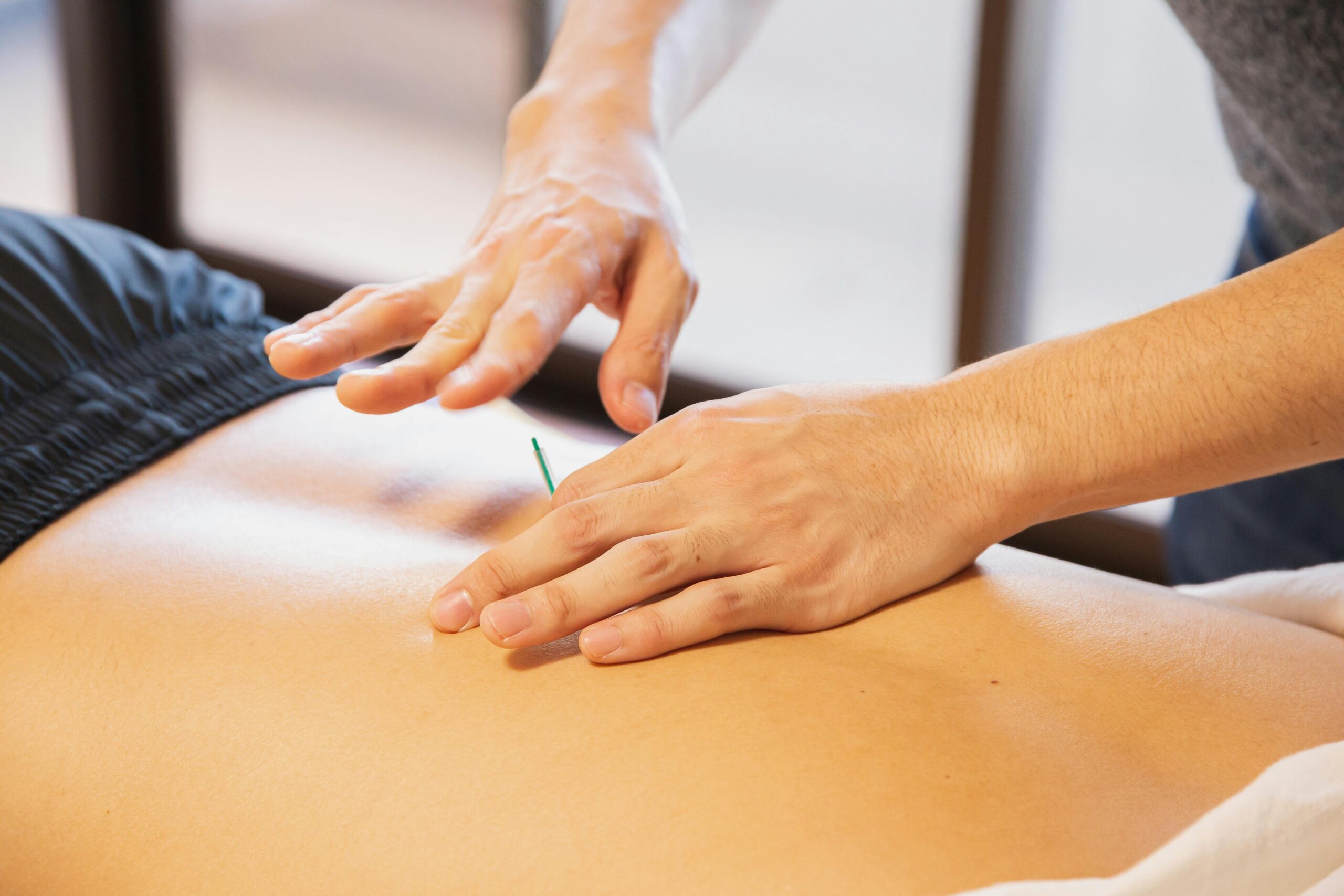Interested In Dry Needling With ALPT? This game-changing technique is a staple of Active Life, and we believe strongly in Dry Needling’s capabilities in healing. It’s a major part of several services we offer, but what is it? Here is a complete guide before you begin Dry Needling with us.
If you’ve ever dealt with nagging muscle pain, stubborn tightness that just won’t let up, or recurring injuries that sideline your progress, you’re not alone. Many people struggle with musculoskeletal pain and turn to massage, stretching, or even medication for relief—often with mixed results. But there’s another technique that’s gaining traction in the world of physical therapy: dry needling.
At Active Life Physical Therapy (ALPT), we believe in using every effective tool available to help you move better, feel better, and live pain-free. And for many of our patients, dry needling has become a key part of that journey.
So, what exactly is dry needling—and is it right for you? Let’s break it all down.
What is Dry Needling?
Dry needling is a treatment technique performed by licensed physical therapists where thin, sterile needles are inserted into specific muscle tissue. These areas often contain what’s known as trigger points—tight knots within muscle fibers that can cause pain, stiffness, and decreased mobility.
Despite the needles, dry needling is not acupuncture. While both practices involve the use of fine needles, acupuncture is rooted in traditional Chinese medicine and focuses on balancing energy or “chi” along meridian lines. Dry needling, on the other hand, is firmly grounded in Western medicine and anatomy. It targets muscle dysfunction, pain patterns, and biomechanical issues.
In short, dry needling is about hitting the “reset button” on unhappy muscles.
How Does It Work?
When a needle is inserted into a trigger point, it often causes a small twitch response—a quick, involuntary contraction of the muscle. This twitch is a good thing! It means the muscle is reacting to the treatment. By disrupting the contracted muscle fibers, dry needling helps restore normal function, improve blood flow, reduce pain, and increase range of motion.
The “dry” in dry needling refers to the fact that nothing is injected. The needle itself is the treatment.
Most patients at ALPT describe the sensation as odd, but not overly painful. You might feel a dull ache, a twitch, or a pressure-like feeling. And afterward, it’s common to feel a bit sore—similar to how you might feel after a good workout.
What Can Dry Needling Help With?
Dry needling can be effective for a wide variety of issues, especially those involving muscle pain or tension. At Active Life Physical Therapy (ALPT), we often use dry needling to treat:
-
Chronic neck and back pain
-
Shoulder impingement or tightness
-
Sciatica and piriformis syndrome
-
Tension headaches and migraines
-
Plantar fasciitis
-
Hamstring and calf strains
-
IT band syndrome
-
Temporomandibular joint (TMJ) dysfunction
That said, dry needling isn’t a one-size-fits-all approach. Our physical therapists at ALPT always evaluate your individual condition and goals to see if it’s the right fit.
What to Expect at Your Appointment
If you’re considering dry needling at Active Life Physical Therapy (ALPT), here’s what a typical session might look like:
1. Initial Evaluation
Your therapist will assess your movement, strength, pain levels, and medical history. This helps us determine if dry needling should be part of your treatment plan or if other therapies might be more appropriate.
2. Targeted Treatment
During the dry needling portion of your session, your therapist will locate the trigger points or muscle bands causing your pain. They’ll then insert one or more needles into those areas. The session might last anywhere from 10 to 30 minutes, depending on how many areas are being treated.
3. Post-Treatment Care
Afterward, you might feel sore for a day or two—this is normal. Some people feel immediate relief, while others notice improvements after a few sessions. We often combine dry needling with other therapies like stretching, manual therapy, or corrective exercise to maximize your results.
Is Dry Needling Safe?
Yes—when performed by a trained, licensed professional like those at ALPT, dry needling is very safe. The needles used are sterile, single-use, and extremely thin (think: thinner than a sewing needle). While mild soreness or bruising can occur, serious side effects are rare.
Still, it’s important to let your therapist know if you have any conditions like bleeding disorders, needle phobia, or are on blood thinners.
Is It the Same as a Cortisone Shot or Injection?
Nope. Dry needling is drug-free and doesn’t involve any injected substances. A cortisone shot is a form of steroid treatment typically performed by a physician to reduce inflammation. Dry needling, by contrast, uses the mechanical stimulation of the needle to prompt the muscle to relax and heal naturally.
Final Thoughts
If you’ve tried other treatments with little success, dry needling might be the game-changer your body’s been waiting for. It’s not magic—but when combined with expert physical therapy, it can provide real, measurable relief.
At Active Life Physical Therapy (ALPT), we’ve seen firsthand how dry needling helps our patients recover faster, reduce pain, and return to doing what they love—whether it’s running marathons, playing with their kids, or just getting through the workday without discomfort.
Curious if dry needling could help you? Schedule a consultation with our team today, and let’s get you back to your active life.



